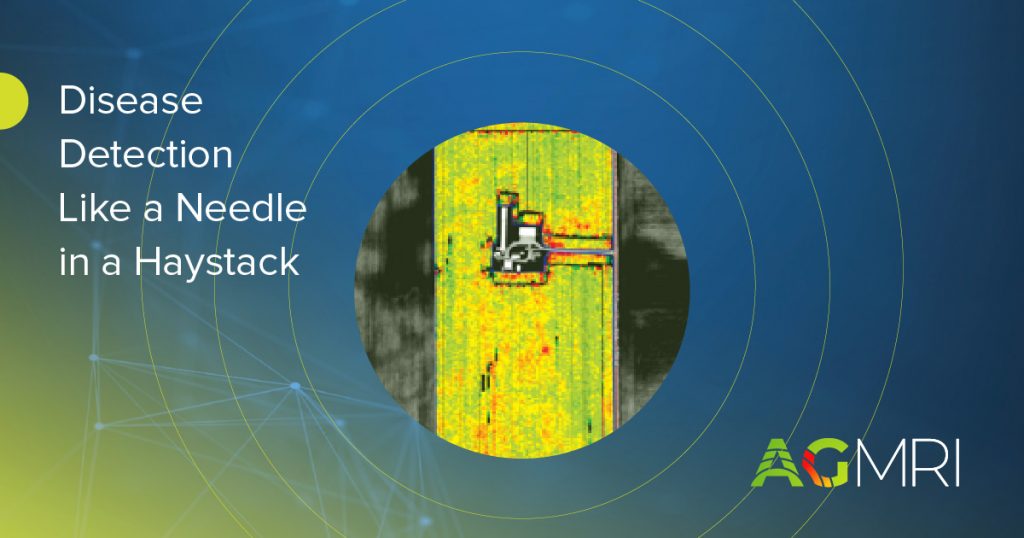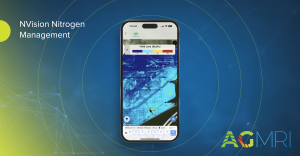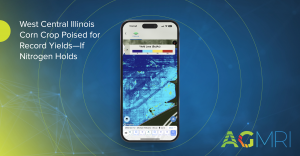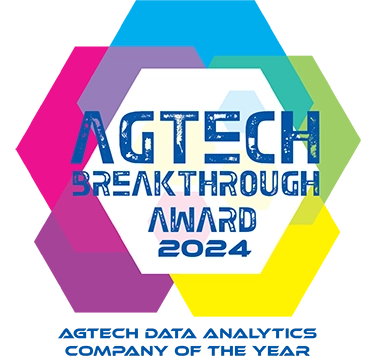Background
A corn and soybean grower in Central Indiana partnered with his local cooperative for seed and chemical solutions in July 2023. The season had a dry start, and the grower was considering avoiding fungicide applications on his corn-after-corn field. In this area, diseases like tar spot can lead to yield losses of 5-25 bushels per acre or more, if left untreated.
Challenge
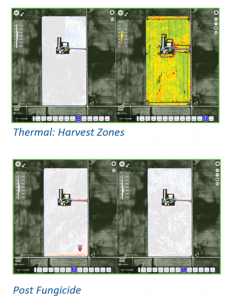 The grower subscribed to AGMRI for the past two years and was familiar with the thermal feature to monitor for disease risk. In 2023, the grower was concerned about the potential for tar spot living in corn residue in several of his fields. Detecting disease potential in a vast field had been challenging in the past, so the grower examined the AGMRI thermal map to look for an increase in temperature or any hotspots to explore. Quickly he realized the thermal map indicated there might be disease present on the southeast part of a field. A scout was deployed to ground truth the area to determine whether to apply a fungicide. AGMRI directed the scout to the exact location in the field that showed potential for disease and indeed the scout found early signs of tar spot.
The grower subscribed to AGMRI for the past two years and was familiar with the thermal feature to monitor for disease risk. In 2023, the grower was concerned about the potential for tar spot living in corn residue in several of his fields. Detecting disease potential in a vast field had been challenging in the past, so the grower examined the AGMRI thermal map to look for an increase in temperature or any hotspots to explore. Quickly he realized the thermal map indicated there might be disease present on the southeast part of a field. A scout was deployed to ground truth the area to determine whether to apply a fungicide. AGMRI directed the scout to the exact location in the field that showed potential for disease and indeed the scout found early signs of tar spot.
Solution
The AGMRI thermal layer revealed disease hotspots, enabling timely scouting and disease risk mitigation through a fungicide application. Post fungicide application, the thermal map showed a cooler stand. And, by digging deeper into the AGMRI historical yield map, it showed this area may have suffered from disease in the past.
Results
The timely application of fungicide was made possible by AGMRI data, indicating where and when the disease started. This proactive approach helped the grower and local cooperative preserve crop health and potentially avoid significant yield losses. The experience underscored the value of AGMRI in optimizing disease management decisions at the right time of the season.

